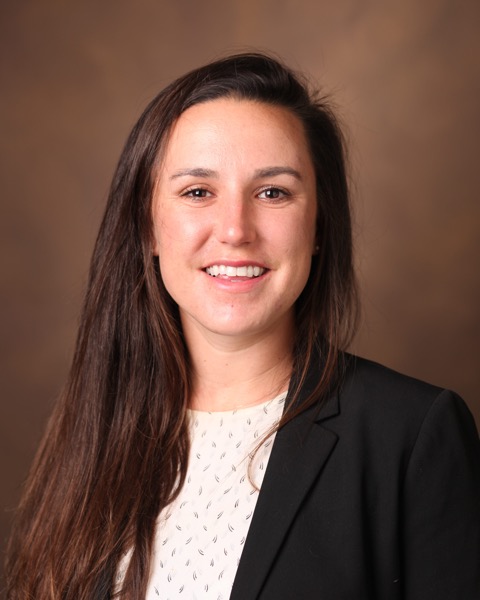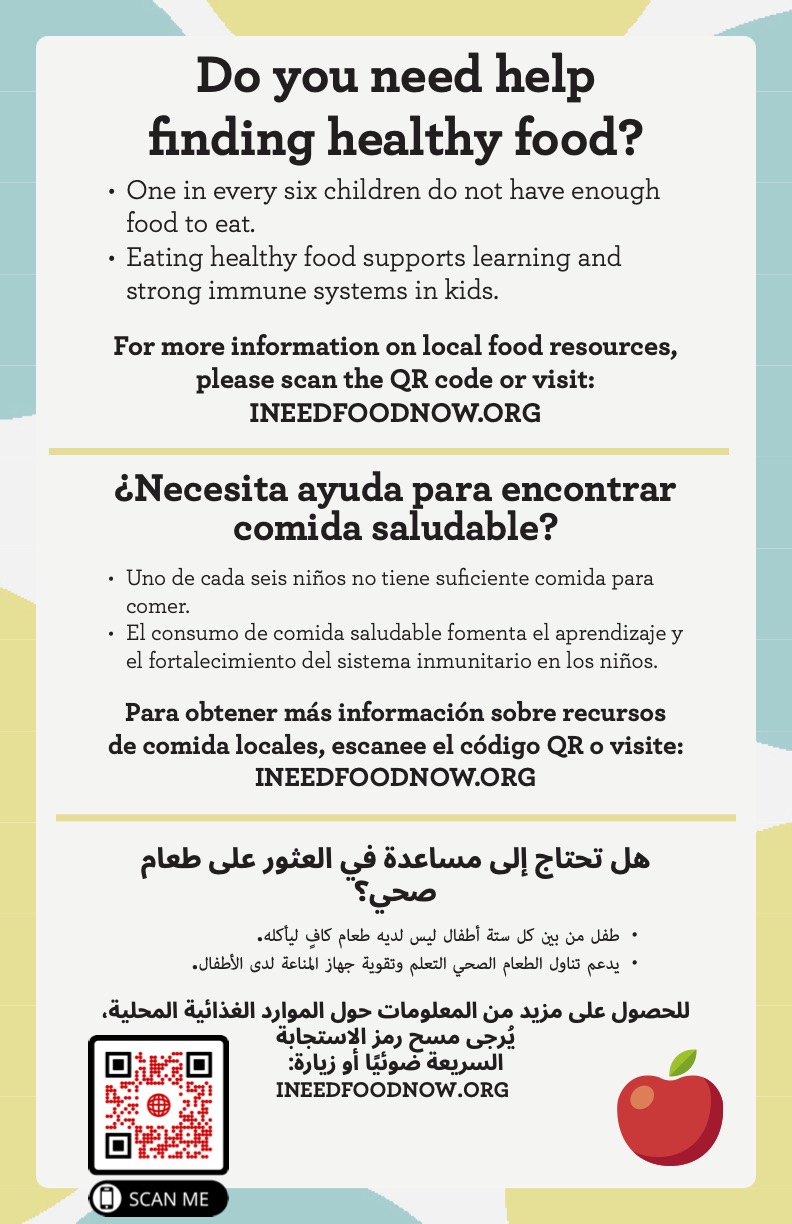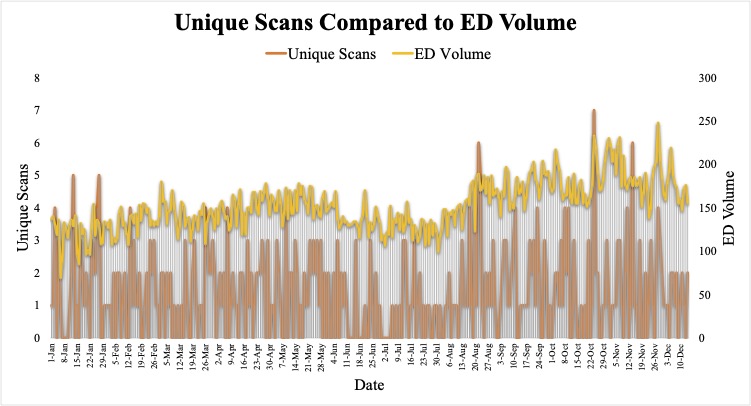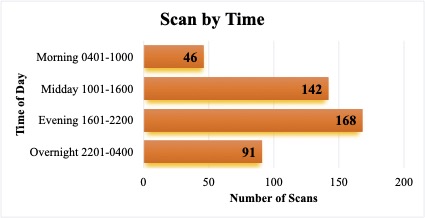Health Equity/Social Determinants of Health
Health Equity/Social Determinants of Health 10
593 - Using a QR Code to Connect Families to Food Resources – A Novel Tool for Addressing Food Insecurity in the Pediatric Emergency Department
Monday, May 1, 2023
9:30 AM - 11:30 AM ET
Poster Number: 593
Publication Number: 593.411
Publication Number: 593.411
Britta Roach, Monroe Carell Jr. Children's Hospital at Vanderbilt, nashville, TN, United States; Cristin Q. Fritz, Vanderbilt University School of Medicine, Nashville, TN, United States; Holly R. Hanson, Monroe Carell Jr. Children's Hospital at Vanderbilt, Nashville, TN, United States; Ivory Shelton, Monroe Carell Jr. Children's Hospital at Vanderbilt, Nashville, TN, United States; Julia Bielanin, Vanderbilt University School of Medicine, Nashville, TN, United States

Britta Roach, DO (she/her/hers)
Pediatric Emergency Medicine Fellow
Monroe Carell Jr. Children's Hospital at Vanderbilt
nashville, Tennessee, United States
Presenting Author(s)
Background: During the Covid-19 pandemic, food insecurity (FI) tripled in households with children. FI has been linked to poor health outcomes such as obesity, asthma, and depression, and increased rates of pediatric emergency department (PED) use. While connection to food resources can improve health outcomes, answering FI screening questions may invoke stigma among families who prefer anonymity. Additionally, the implementation of routine FI screening in the PED is challenging due to time constraints. Yet, the frequency that families will utilize anonymous, universal resources is unknown.
Objective: The aim of this study was to pilot and assess the use of universal resource provision in the PED through a poster with an anonymous and independently accessed Quick Response (QR) code.
Design/Methods: Using https://www.qr-code-generator.com, a QR code was created to allow any user with a smartphone camera to access the website: ineedfoodnow.org. Created and trademarked by affiliates of Vanderbilt University, the website contains downloadable food resource packets in multiple languages, healthy food tips and videos, and additional website links to Aunt Bertha, Supplemental Nutritional Assistance Program (SNAP), and Women, Infants, and Children (WIC). The QR code was placed on food resource posters with information in English, Spanish, and Arabic. On December 28, 2021, fifty posters were displayed in triage, patient rooms, and shared bathrooms throughout the PED, which has an annual volume of approximately 50,000 visits. From January 1, 2022 to December 14, 2022, the number of unique scans per day and time of unique scans were tracked. Daily PED volumes were also recorded. We used descriptive statistics to characterize included variables.
Results: During the data collection period, there were 447 unique scans, with 0.84 scans per 100 patient encounters. The median number of scans per day was 1.0 (range 0-7 scans). Most scans occurred during midday (1601-2200, n=142) and evening (2201-0400, n=168).
Conclusion(s): This p</span>ilot demonstrates that the novel approach of universal resource provision through a poster containing an anonymous and independently accessed QR code is a viable method for providing food resources to families. Future focus groups with families with FI will provide insight into acceptability of this approach as well as family’s preferred method(s) of receiving food resource information in the PED.



